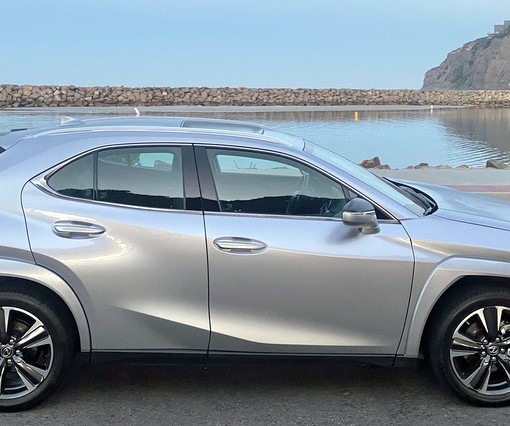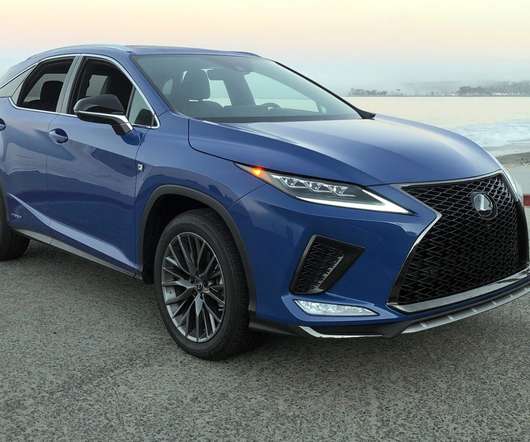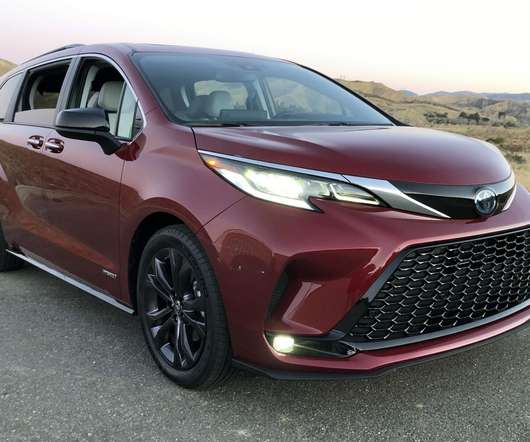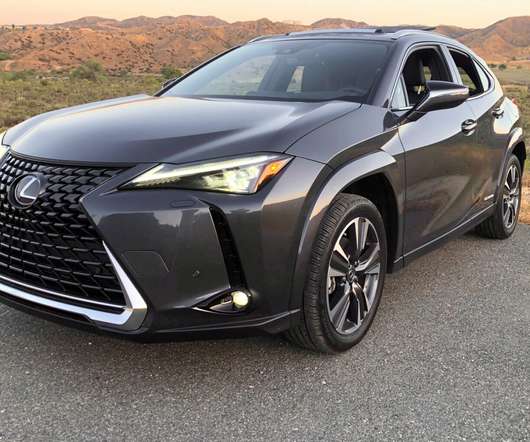Road Test: 2023 Lexus UX 250h Premium FWD
Clean Fleet Report
NOVEMBER 2, 2023
In the 210 miles we put on the CUV, averaging 65 miles per hour traversing Southern California highways, we had an average of 41.5 Fuel economy numbers reported by Clean Fleet Report are non-scientific and represent the reviewer’s driving experience using the dash gauge computer. Your numbers may differ.
















Let's personalize your content